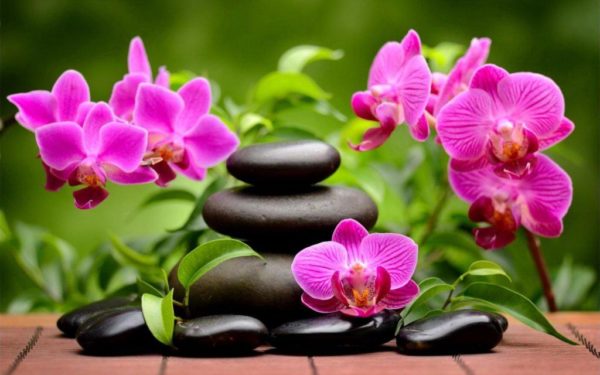
The question of choosing a special soil for orchids arises for the reason that in nature these plants are epiphytes, that is, those that feed on other plants. Orchid roots are mostly located on the surface, absorb oxygen and moisture, and share nutrients with plants that have "adopted" them.
At home, it is not possible to create conditions for the rainforest, but a correctly selected substrate allows you to successfully grow these exotic flowers in an apartment, and enjoy their bloom for more than one year.
Content
Soil composition for phalaenopsis orchid
The best substrate for phalaenopsis is a mixture consisting of parts:
- tree bark;
- charcoal;
- peat;
- coconut fiber;
- expanded clay;
- moss
- fern roots;
- rock particles: perlite and vermiculite;
- cones;
- polystyrene foam.
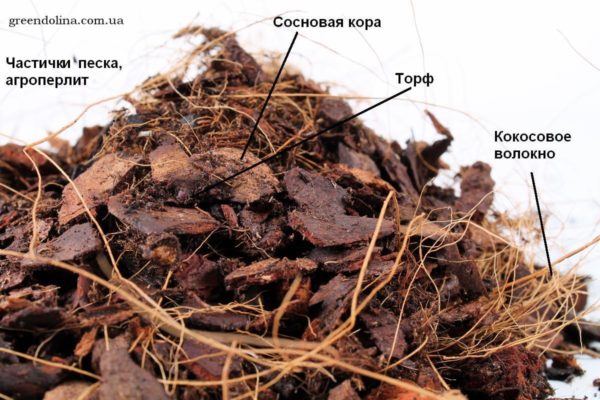
Separately, dry leaves, nutshells, sawdust can participate in the composition of the substrate.
Soil selection rules
All of these components do not have to be present in the soil in equal proportions. The soil in which orchids are sold in the store is compiled taking into account all the rules, however, it does not always contain all the components that theoretically may be present in the substrate. For home cooking, making such an arrangement is all the more difficult, since getting all the elements is not always possible.
The main rules for the preparation of the substrate for phalaenopsis is the mandatory fulfillment of the basic requirements:
- lack of garden soil;
- the ability to maintain the vertical position of the plant;
- good ventilation and the ability to pass moisture without delaying for a long time.
Soil composed of individual components must be aged before planting for at least 3-4 days. The selection of moisture-retaining compounds is determined from the total humidity of the room: the higher it is, the less moisture should accumulate in the pot.
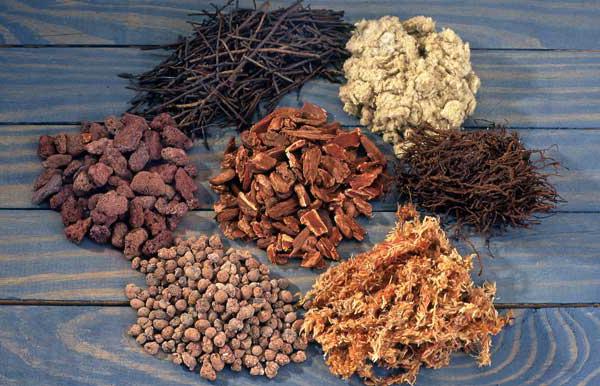
Options for the best soil for Phalaenopsis orchid may look like this:
- Composition for wet rooms: wood bark + charcoal. The proportion is 5: 1.
- For young phalaenopsis, this combination is suitable: pine chips + moss + coal. The proportion is 5: 2: 1.
- Universal composition: humus + peat + bark + coal. Proportion: 3: 1: 1: 1.
If it is possible to add pieces of polystyrene or expanded clay to all mixtures, the soil will turn out even more porous and airy.
Soil preparation rules
How to prepare all the elements?
- Peat. This component is present in almost all store compositions. You can buy it in a separate version. In the substrate for phalaenopsis peat add top, neutral acidity. It is not necessary to crush it, it is better to use large pieces.
- Tree bark. The main element of all mixtures for orchids. The most suitable for this purpose is the bark of conifers. You can also use bark of aspen or birch. The bark is harvested from parts of a recently cut tree when it is still alive, but has already managed to evaporate part of the resinous substances. Before use, the bark is cleaned of mold and resin, disinfected with boiling water and dried.
- Charcoal. Harvested from a fire, after burning logs, in large pieces. Acts as an absorbent.
- Autumn fallen leaves serve as a good source of nutrients in the substrate. Ideal in this regard are oak leaves, the decomposition period of which is long.
- Expanded clay, polystyrene foam, mineral components can be found at any construction site, or purchased in a store.
- The roots of the fern are cleaned and poured with boiling water.
- Sphagnum is soaked for a day.
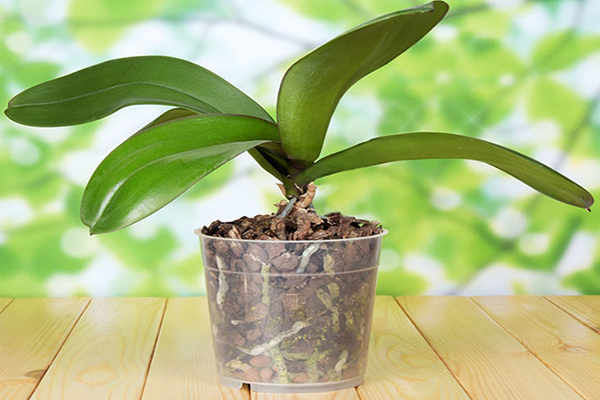
DIY soil for Phalaenopsis orchids
In the substrate with which the phalaenopsis orchid was purchased from the store, she lives successfully for quite some time, especially if she is fed. But the time comes when all the elements of the mixture have fulfilled their mission, the plant has grown, it requires more space or separation. In such cases, a transplant is required. Specialized shops or supermarket departments offer ready-made mixtures for transplanting orchids, but when you can buy a finished substrate there is no way to prepare it yourself.
How to assemble the individual components you already know, now about the transplant. All components are well dried, ground and mixed. Several fragments of the bark are left in large pieces and placed in the middle of the pot in large pieces.

Drainage is poured on the bottom: crushed stone, expanded clay, polystyrene foam, broken brick. The prepared soil mixture is filled up to half, again drainage is added, large pieces of bark are added to almost the top. Dry and decayed roots of a plant prepared for transplantation are trimmed, washed unharmed under running water. Fix phalaenopsis on top of the poured substrate and sprinkle a little so that the orchid fits evenly and that some of the roots remain on the surface. Watering is not necessary.
The first ten days after planting, phalaenopsis should be left alone - do not water and do not rearrange, so that the root system can take root with all the components.

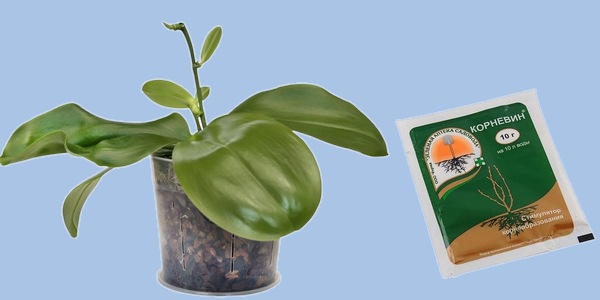
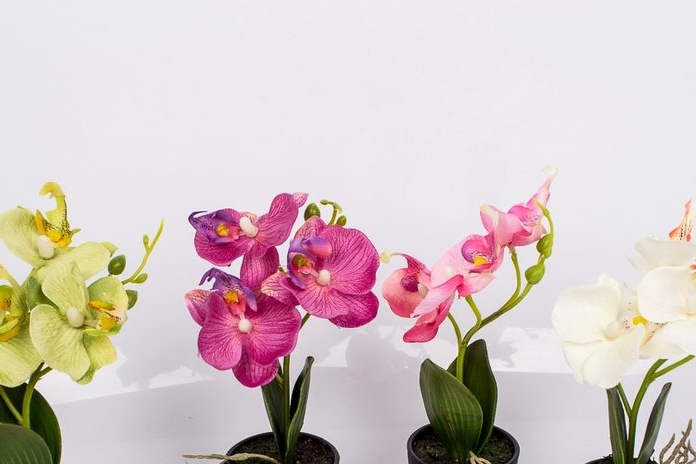
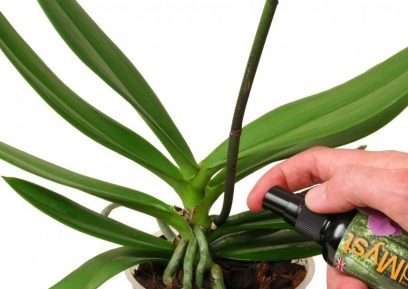
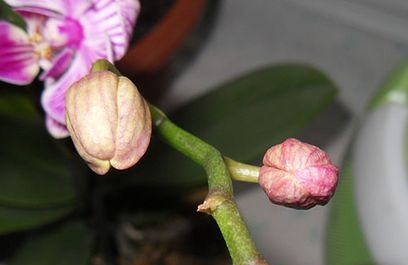 Reasons why orchids fall flowers and what to do
Reasons why orchids fall flowers and what to do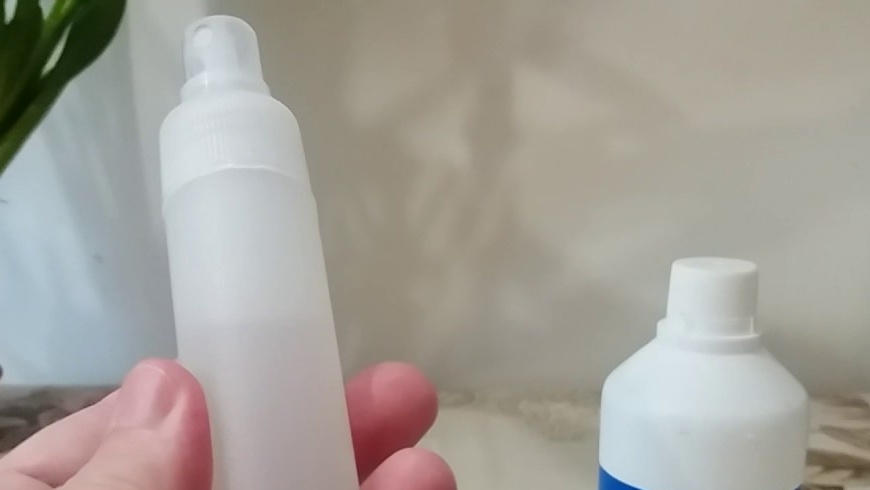 How to use hydrogen peroxide for orchids and why
How to use hydrogen peroxide for orchids and why Midges are wound up in the orchid: effective ways to get rid
Midges are wound up in the orchid: effective ways to get rid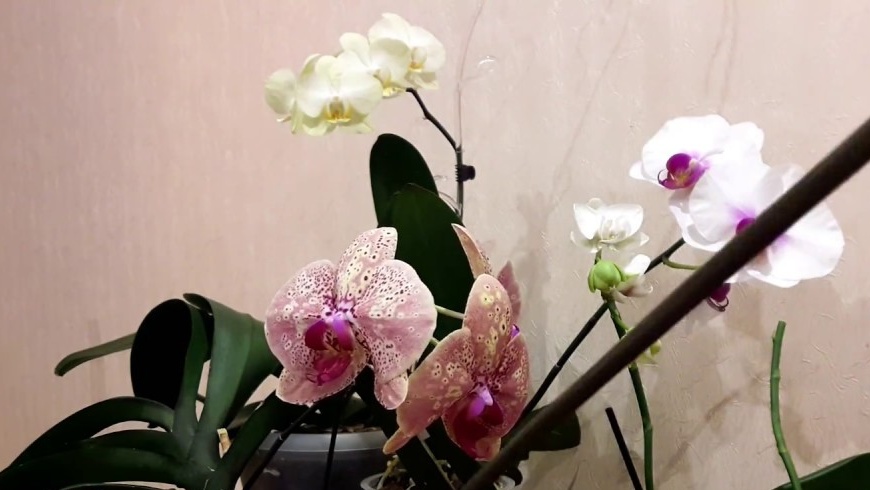 Is it possible to transplant an orchid during flowering
Is it possible to transplant an orchid during flowering